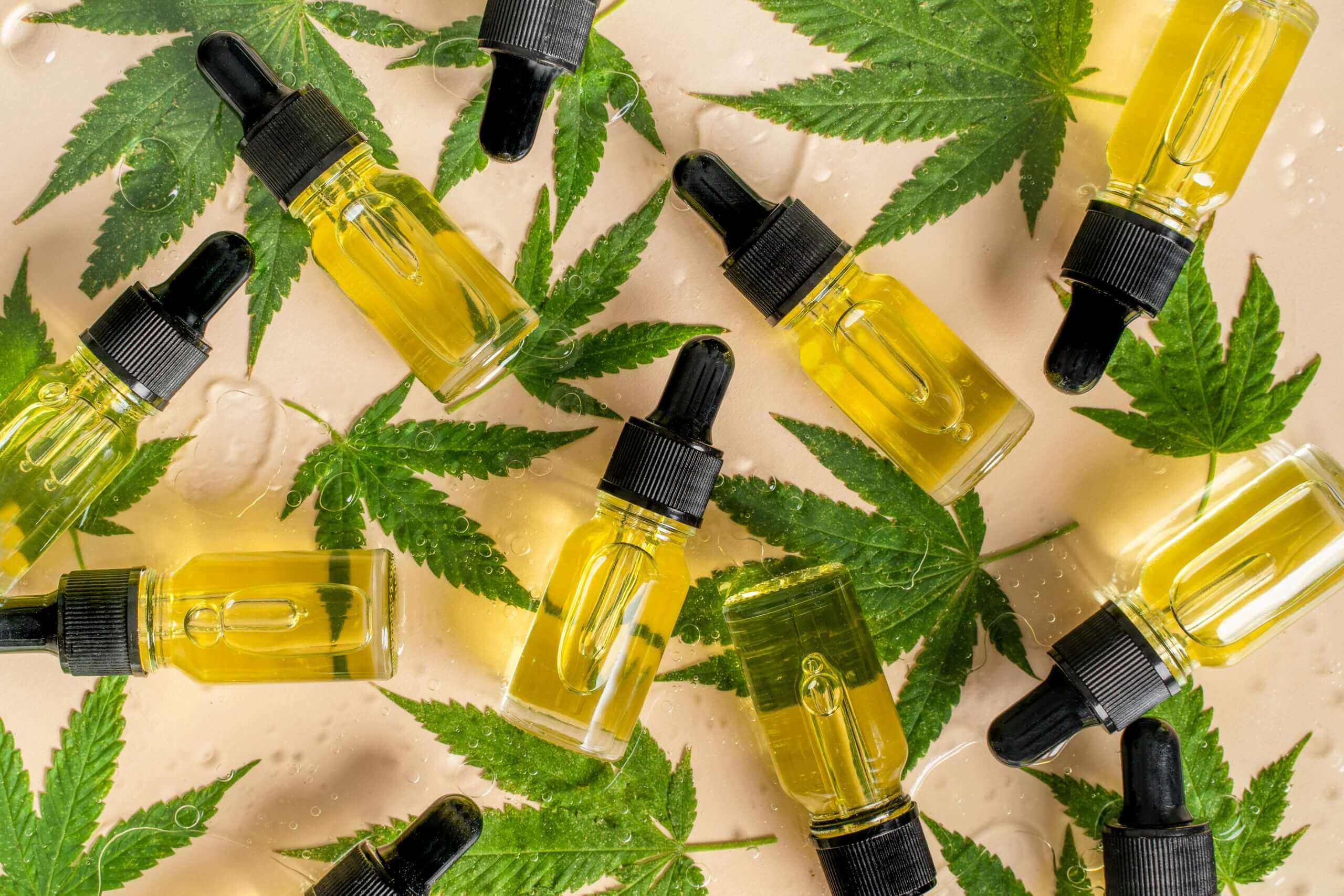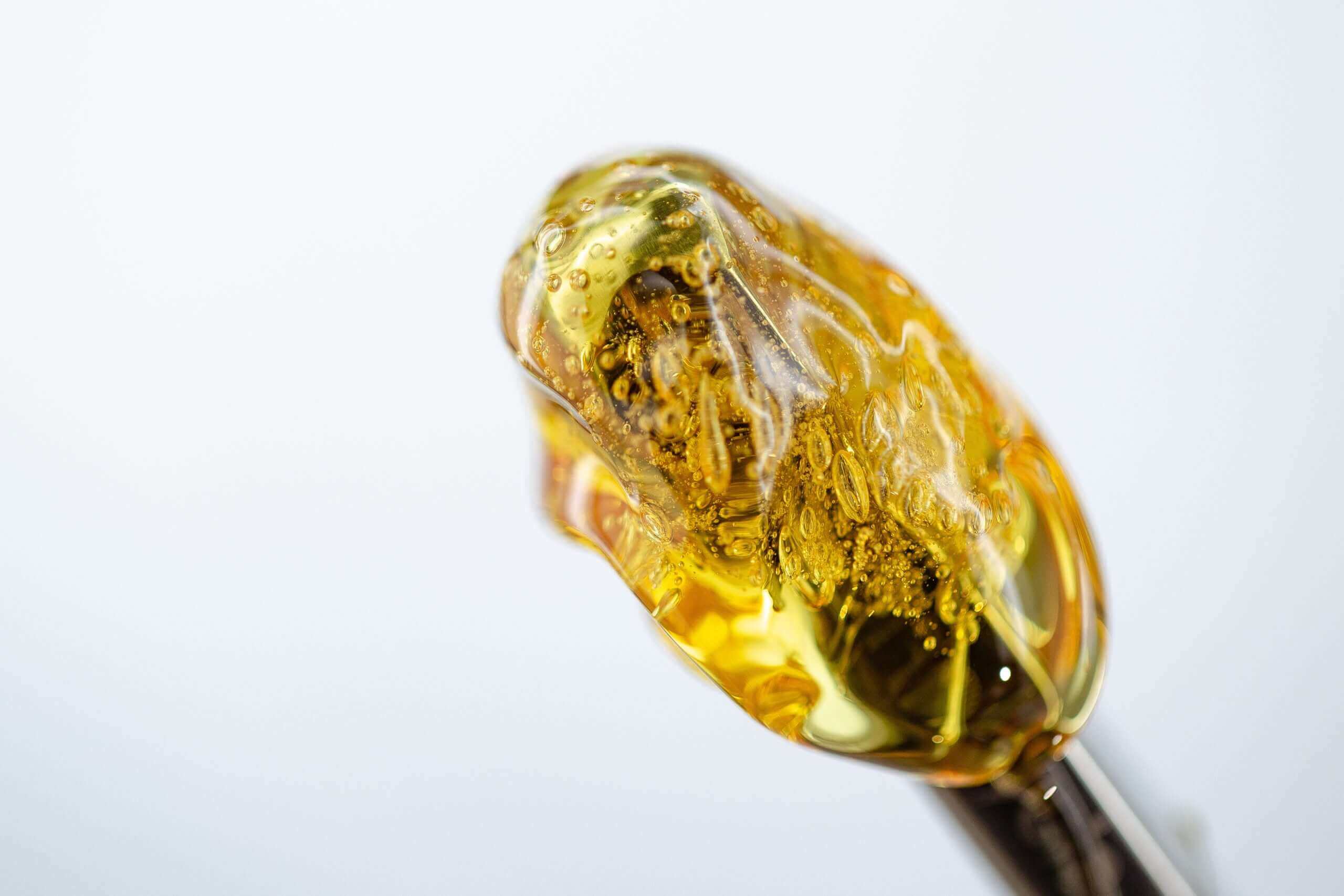Up until relatively recently, we’ve based our classification of the potency and effects of cannabis hybrids primarily upon genetics and strain names. The usual line of questioning usually went:
- Is the strain indica or sativa dominant?
- What strain name is the vendor giving the buds?
- What are the parent strains?
- How do the buds look and smell?
While these questions are all useful for selecting a strain, many of today’s experts propose that terpenes are primarily responsible for the differences in the effects of various cannabis cultivars.
In this article, we’ll examine the properties of terpenes and answer some of the most common queries about these mysterious compounds, including:
- What are terpenes?
- What are the therapeutic benefits of terpenes?
- What are the main terpenes in cannabis?
- Are the effects of terpenes strictly psychological?
What Are Terpenes?
Terpenes are aromatic hydrocarbons that plants produce to attract insect pollinators and defend themselves against harmful pests and excessive ultraviolet radiation. Scientists have identified over 20,000 different terpenes in the plant kingdom. Terpenes play a vital role in creating distinct fragrances for all flowers, trees, culinary herbs, and vegetables.
Cannabis plants produce both terpenes and cannabinoids in mushroom-like glands called trichomes. To the naked eye, the trichomes appear as a white, crystalline layer coating the buds. As our sense of taste and smell are intertwined, terpenes make an essential contribution to each strain’s flavor. Terpenes also contribute to the beneficial entourage effect produced when all of the cannabis compounds are consumed together.
Scientific Research on Cannabis Terpenes
In addition to giving us an idea of how a strain smells and tastes, most biologists agree that terpenes also impart specific therapeutic benefits. As a whole group of compounds, terpenes have exhibited a wide range of therapeutic properties, including:
- Reducing inflammation
- Antiviral and antibacterial action
- Cancer-fighting abilities
- Easing anxiety
- Aiding digestion
- Combating free radicals
- Calming muscle spasms
Terpene profiles remain one of the most important considerations for medical marijuana doctors when they recommend strains to their patients. Terpenes may enhance the therapeutic effects of cannabinoids by increasing the activity of neurotransmitters, such as dopamine, serotonin, norepinephrine, and GABA.
Let’s look at some of the scientific studies conducted on a few of the most abundant terpenes in cannabis plants.
Myrcene
Myrcene is the most abundant terpene in cannabis. This terpene is also plentiful in mangos, lemongrass, and thyme. High-myrcene strains tend to have earthy flavors with hints of sweet grape and tropical fruit.
Myrcene is often praised for its physically relaxing and mentally calming effects that are commonly experienced when consuming Kush and other indica-dominant strains. One way that myrcene may produce analgesic effects is by desensitizing TRPV1 channels, traditional targets for pain-relievers.
Limonene
If you walk down the cleaning aisle of any supermarket, you’ll find a host of products featuring limonene. Limonene is famous for its refreshing citrus fragrance and potent antimicrobial activity. MMJ doctors often recommend high-limonene strains for mood disturbances. A mounting body of evidence continuously confirms anecdotal reports that limonene uplifts the spirits and may help combat depression. Sour Diesel and Green Gelato are examples of strains with high limonene levels.
Beta-caryophyllene
Beta-caryophyllene has the unique ability to bind directly to endocannabinoid receptors - which has prompted some researchers to classify the compound as both a terpene and a cannabinoid. Spices like cinnamon, clove, and black pepper contain high beta-caryophyllene levels and have been used as digestive aids in many cultures. Recent research has concluded that spices containing beta-caryophyllene may aid digestion through their antioxidant and antimicrobial properties in addition to their ability to reduce inflammation in the intestinal tract. Strains like Pineapple Express and Pink Lemonade have high concentrations of beta-caryophyllene.
Linalool
Found in sweet-smelling flowers like lavender and lilac, linalool has often been called the “spa terpene.” Relaxing strains like Zkittlez and Platinum Cookies contain ample amounts of linalool. For centuries, practitioners of indigenous and alternative medicine have prized plants with high linalool contents for their calming, anti-inflammatory, and pain-relieving properties.
Recent studies suggest that linalool imparts its characteristic calming effects by simultaneously diminishing activity in the sympathetic nervous system while boosting parasympathetic nerve activity. The sympathetic nervous system controls alertness and conscious behaviors, as well as our body’s fight-or-flight response to danger. In contrast, activation of the parasympathetic nervous system has a tranquilizing effect and prepares us for periods of rest.
Humulene
A trip to a brewery or a Chinese herb shop will give you an idea of how humulene smells. Herbs like hops, ginseng, and sage all contain elevated levels of humulene. According to preliminary research, humulene may kill bacteria, fight cancer, and suppress the appetite. Headband and Original Glue both contain higher quantities of humulene.
Pinene
Pinene can be found in evergreen trees and herbs like parsley and rosemary. The refreshing scent of pinene is a favorite ingredient in air-fresheners. Traditional Asian healing traditions use pinene-containing herbs to help with respiration and memory. Modern scientific studies have confirmed that pinene may indeed help to open the bronchial passageways and protect brain cells. Romulan and Blue Dream are perfect strains for sampling pinene flavors.
Terpinolene
If you’re a seasoned cannaseur, you’ll recognize the unique herbal aroma of terpinolene from the legendary cannabis hybrid, Jack Herer. Terpinolene can also be found in cumin, apple skins, and tea tree oil. Terpinolene’s potent fragrance makes it an excellent ingredient for insect repellants. The terpene also may help to protect the heart and inhibit tumor growth.
The Power of Suggestion
Most scientists agree that the effects of terpenes result from a combination of pharmacological and psychological factors. We’ve already discussed the pharmacological evidence, which shows that terpenes cause various effects according to how they chemically interact with our endocrine and nervous systems.
The psychological theory suggests that people react to individual terpenes based on personal beliefs, previous good or bad associations, and expectations based upon information they’ve consumed.
A 2003 study, published in the peer-reviewed journal Pain, found that participants exposed to fragrances they considered pleasant experienced a decrease in pain and anxiety. Conversely, subjects exposed to scents they considered unpleasant reported an increase in pain and anxiety symptoms. The results suggest that certain terpenes may produce different effects according to the individual’s previous associations with their aromas.
Another study, conducted in 2004, attempted to determine the role of suggestion in the effects of fragrances on moods. The researchers exposed subjects to either lavender, neroli, or a placebo.
The study found a direct correlation between the suggested benefit and physiological measures of mood changes, such as heart rate and electrical activity in the skin. The experiment produced some surprising results. Even though lavender has been shown to have relaxing properties, subjects experienced increased heart rate and skin conductance when they were told that the scent would be stimulating.
Conducting Your Own Experiments
Conducting your own experiments is one of the best ways to learn more about terpenes and your personal preferences in cannabis strains.
Familiarize Yourself with Individual Terpenes
The first step is to familiarize yourself with the fragrances imparted by each terpene. You can do this using essential oils or plants that contain high levels of certain terpenes.
It helps to organize plants representing each terpene in large wine glasses for your experiments. For example, you might place a sprig of rosemary, a couple of basil leaves, a cutting of parsley, and a few pine needles together to represent pinene.
Once you have your ingredients organized, you can start by inhaling the scent of each glass and taking notes. If you have a partner, you can take turns trying to recognize the scents while blindfolded.
Identify the Terpenes in Your Cannabis
Once you’ve developed your nose for individual terpenes, you can try to identify them in your cannabis buds. For this experiment, you’ll need wide-mouthed wine glasses, a dry herb vaporizer, and several strains of cannabis buds. It’s more fun to do this in a group because you can try more varieties and compare your notes.
- Begin by placing a couple of buds from each strain into separate wide-mouthed wine glasses.
- Next, smell each glass and try to guess which terpenes are most abundant in the buds. Record your guesses in a notebook and include any sensations you may be feeling.
- Lastly, sample your buds using the lowest setting on your vaporizer. Work your way up the temperature settings during each consecutive round and take notes. Since terpenes vaporize at different temperatures, you’ll notice distinct fragrances at each setting.
Test the Potency of Your Cannabis
It helps to know the potency of your cannabis when you’re assessing the effects of different terpenes. For instance, a strain’s calming effects may be due to a high CBD content rather than an abundance of linalool. You can test the CBD and THC levels in your buds with the tCheck device & Flower testing expansion kit. What are your experiences and opinions about terpenes?






